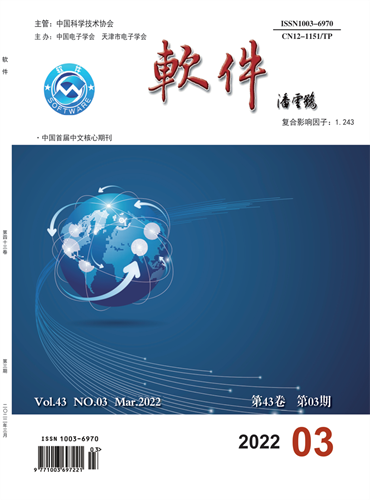软件工程支持可靠地互连遗留虚拟环境
引用次数: 0
摘要
随着虚拟现实环境的功能和效用的增加,组合几个这样的环境所带来的潜在好处也在增加。美国国防部目前使用超过2000个模拟器,并要求它们都可以通过其高级体系结构进行互操作。修改这些遗留系统以通过抽象软件层进行交互,给开发人员带来了许多困难的软件工程问题,其中最重要的是如何构建一个系统,使其在系统异常的情况下保持配置以提供实际的行为。本文探讨了其中的一些问题,如坐标转换和事件映射,并给出了我们对自动化抽象层构建的建议。本文还研究了如何在不考虑系统异常的情况下正确配置相互连接的虚拟环境。我们将介绍迄今为止在利用各种自动化工具克服这些问题方面取得的成功。本文章由计算机程序翻译,如有差异,请以英文原文为准。
Software engineering support for reliably interconnecting legacy virtual environments
As the power and utility of virtual reality environments increases, so do the potential benefits found from combining several such environments. The US Department of Defense currently uses over 2000 simulators, and has mandated that they all be interoperable through its High Level Architecture. Modifying these legacy systems to interact through an abstract software layer presents the developer with a host of difficult software engineering issues, not the least of which is how to build a system that will remain configured to provide realistic behavior in spite of system anomalies. The paper explores some of these issues such as coordinate translation and event mapping and gives our suggestion for automating the construction of an abstraction layer. It also examines how we keep an interconnected virtual environment properly configured regardless of system anomalies. We relate our successes to date in overcoming these problems by means of various automated tools.
求助全文
通过发布文献求助,成功后即可免费获取论文全文。
去求助
来源期刊
自引率
0.00%
发文量
11857
期刊介绍:
Computer engineering & Software, founded in 1979, is an academic journal of information technology sponsored by China Association for Science and Technology and China Institute of Electronics and Tianjin Institute of Electronics.
Computer engineering & Software has columns such as expert Forum, Fund project papers, software and database technology research, application technology and research, network and communication, image processing and application, multimedia technology application Artificial intelligence and recognition.
Computer engineering & Software is the source Journal of China Academic Periodical Comprehensive Evaluation Database, the Journal of China Core Periodical (Selection) Database, the source journal of Peking University's Chinese Core Periodical Overview (the first edition in 1992), the Journal of Wanfang data-Digital Periodical Group full-text Collection, the Journal of Chinese Science and Technology Periodical Database (full-text edition), and Wave Journals included in the "Copernicus Index" have been included in the United States "Cambridge Scientific Abstracts", the United States "Uhlig International Journal Guide", the JST Japan Science and Technology Promotion Agency database (2018) and other Chinese and foreign databases.

 求助内容:
求助内容: 应助结果提醒方式:
应助结果提醒方式:


